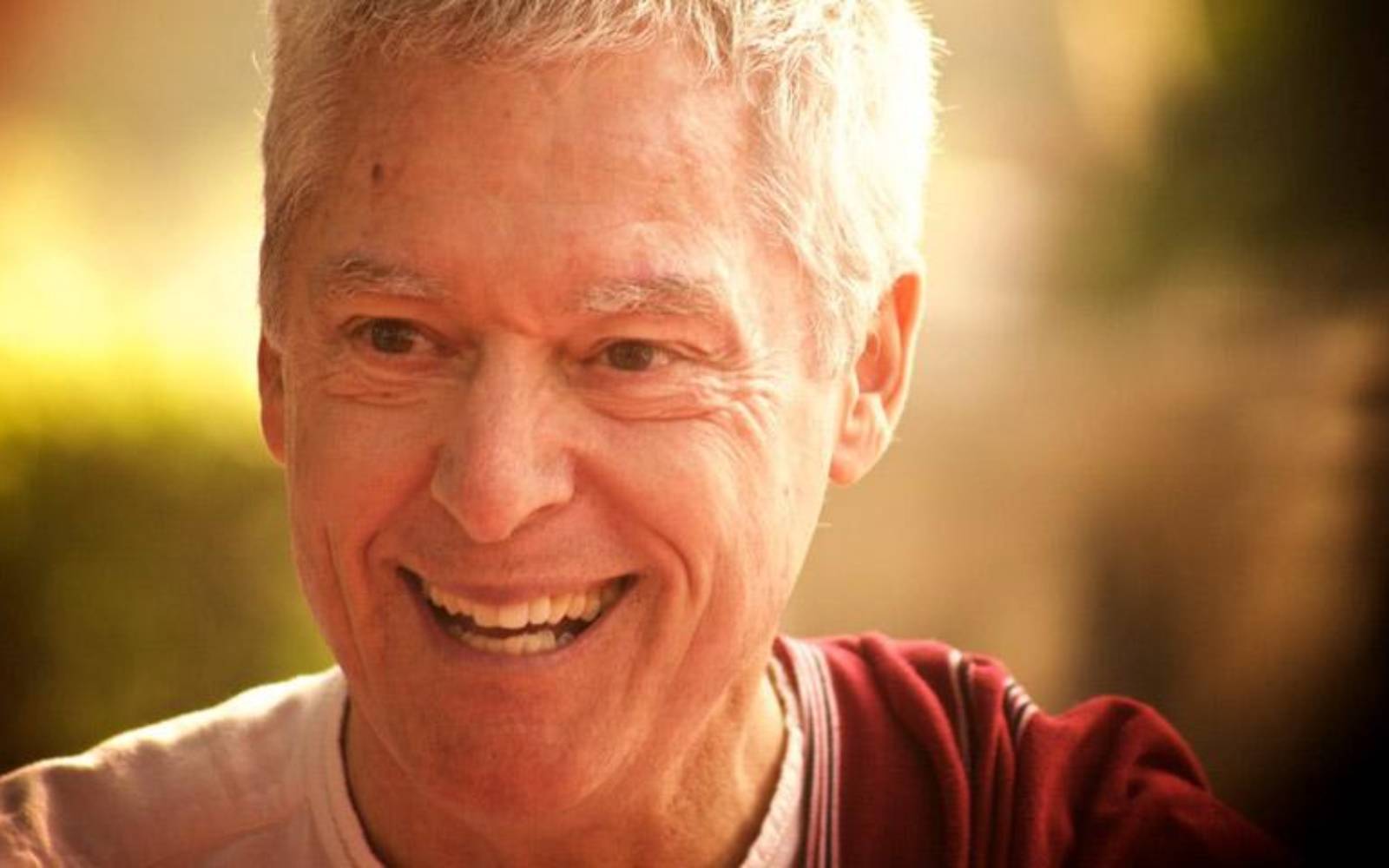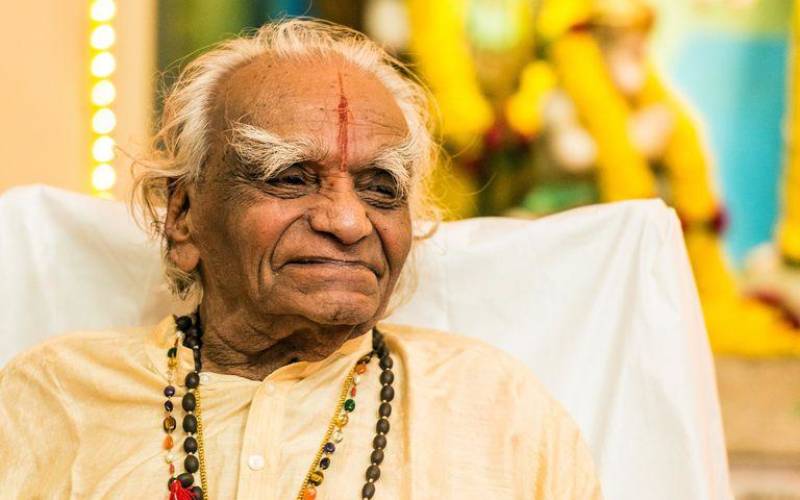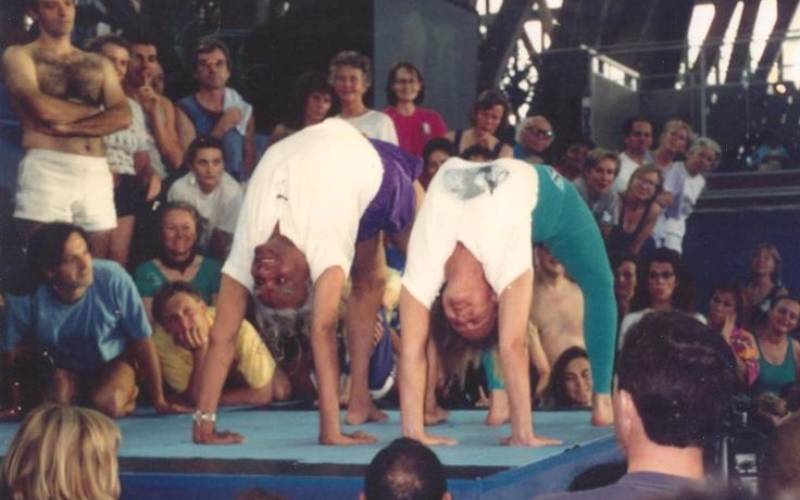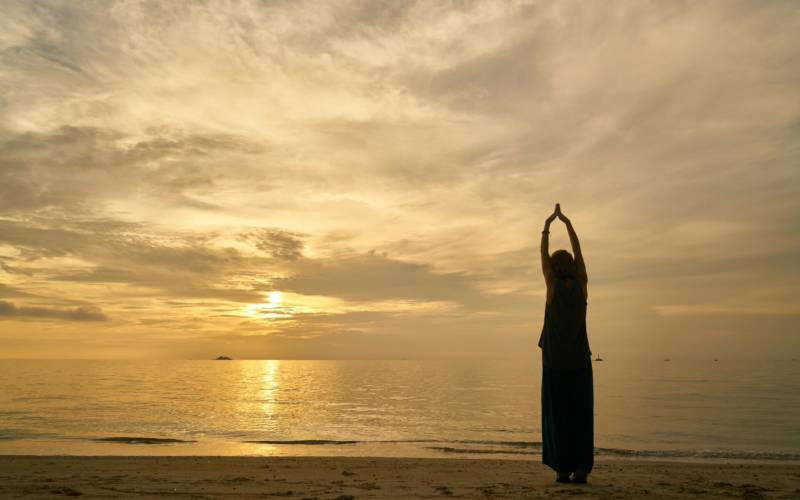B. Alan Wallace, an accomplished meditation teacher, met B.K.S. Iyengar in February of 1981. A Buddhist monk at the time, Wallace went to India for a 5-month retreat to meditate under the guidance of the Dalai Lama. When his Visa expired and could not be renewed, Wallace traveled to Sri Lanka to meditate there. During his time in Sri Lanka, some imbalances in prana were unveiled by his meditative practice. Wallace realized that this was a physiological problem, and sought out Iyengar in Puna, India. Wallace took several of Iyengar’s courses and received one-on-one instruction and guidance from the great yogi. Together, they worked to balance out the problems in Wallace’s body. As a result, Wallace studied yoga for up to 5 hours per day and found himself deeply impressed by Iyengar’s complete expertise and mastery of his discipline.
One lesson that Iyengar impressed upon was the absolute importance of savasana. It’s very easy to perceive savasana as a time to relax after performing other asanas, but Iyengar taught the savasana with as much precision and discipline as any other asana. The savasana is not just a simple placement of the body, but it is also a meditative discipline. It is the border between an asana and meditation.
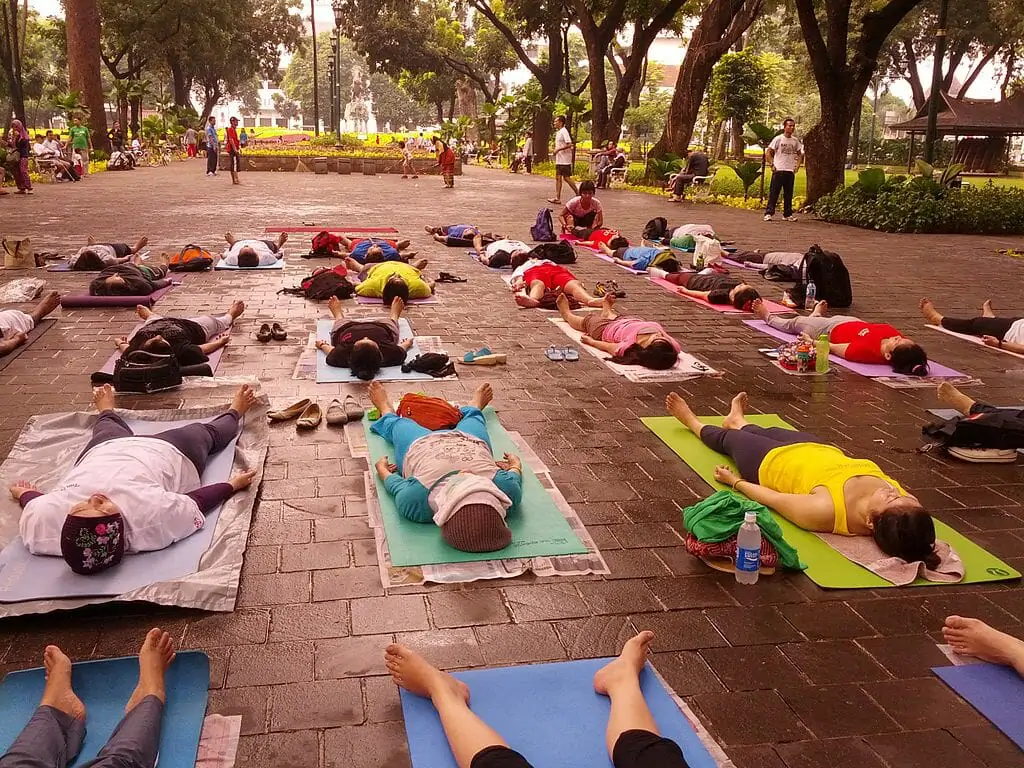
During savasana, we bring the mind into the present moment. We settle the mind so that it is quiet. During savasana, the mind must simply be in the savasana. If you can’t master savasana, then it will be impossible to meditate in a more uncomfortable position, such as the cross-legged, sitting position. During savasana, the body should be profoundly at ease, so that the mind can be cultivated. It becomes a very good baseline for meditation.
The savasana is an incredibly important practice, and segues between the asanas to the pranayama, to pratyahara, to the stages of dhyana, and finally to samadhi. The anxiety we all face in today’s world makes this so much more important. Meditation is not a time to contract and to “try” hard; this will only make us more neurotic. Savasana forces us to let go and release everything so that we can be present. From that platform, we can then meditate.
Savasana is not only important for when we are in the prime of life, but for when we age, become ill, or face death. When we get old, we may not have the ability to sit for extended periods of time to meditate. So, it’s important for us to master savasana now, in order to have a foundation for when we age and may only be able to meditate from this position.
This story was originally posted as a video interview with B. Alan Wallace by roadstobliss.com. The original video can be found here.
